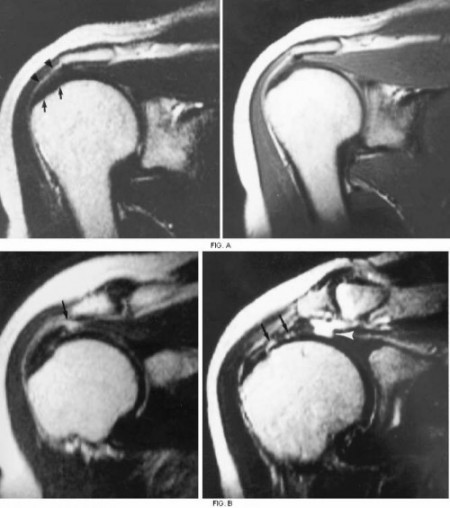After hearing I had given away 2000 free ebooks of Let Magic Happen: Adventures in Healing with a Holistic Radiologist the last week of August, my friend Jerry Pittman said he was going to buy a box of my paperbacks, and sit at the bus stop on the Duke campus to give them out to any students who might be interested. With his twinkling eyes and bushy white beard (picture Santa Claus combined with Andy Weil) he would have drawn a crowd. Unfortunately, the universe had other plans, and he is now in the hospital recovering from emergency surgery. To honor Jerry’s vision I’ve decided to give away free ebooks again this week on Amazon.com from 10/1-5, Monday through Friday. Click here to get the Kindle version listed as $0.00, and you can also download a free Kindle app to any digital device. Please send Jerry some healing energy when you get your copy and tell your friends about it.
For the next 19 months I am devoting the newsletter to a different chapter each month focusing on Chapter 1 this month. In the accompanying blog I present a brief exercise/discussion relevant to that particular chapter. Reviews of the book, synopsis, table of contents, and 2 sample chapters are posted at www.letmagichappen.com. This month I address one of the highlights of Seeing Inside the Body which is Scanning Not-So-Normal Volunteers. The topic for the September 2012 Let Magic Happen blog is Correlating Physical Symptoms and MRI Findings.
In the early days of MRI we would often scan normal volunteers to perfect techniques and equipment that were in the process of being developed. Much to our surprise we would sometimes find significant abnormalities in the spine, knee and shoulder in these asymptomatic people. During the first decade of MRI research papers were published from all over the world documenting disk herniations, meniscal tears and rotator cuff tears in many of the volunteers without any symptoms. This information came as quite a shock to most of us in the field, and caused many people to ponder the meaning of these findings which I discuss in more detail in this recent article on Transforming Symptoms and the Heathcare System. We obviously know a lot less about cause and effect in physical disease and the relationship to symptoms than we think.
